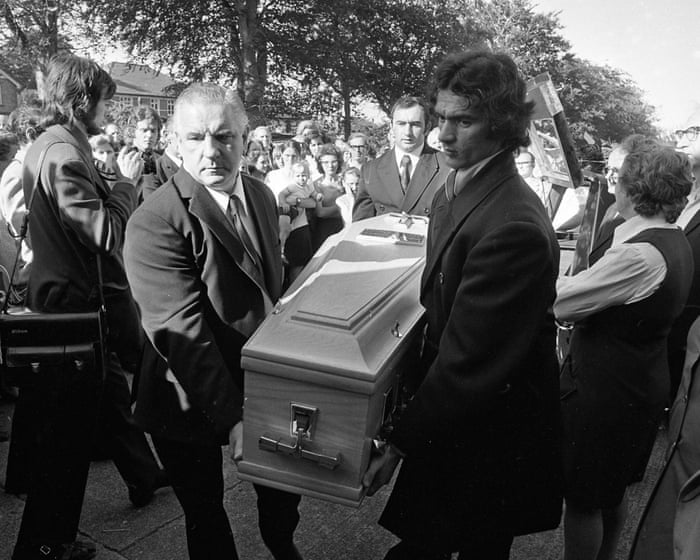Israel and Hamas have reached an initial ceasefire agreement in Gaza, bringing a temporary halt to the fighting in the war-torn region. This marks the most promising step yet toward ending a brutal two-year conflict that has claimed tens of thousands of lives, destabilized much of the Middle East, and sparked global protests.
Donald Trump announced the deal on his Truth Social platform, stating that all hostages held in Gaza would soon be freed and that Israeli forces would pull back to an agreed line as the first move toward a “Strong, Durable, and Everlasting Peace.”
Hamas confirmed on Thursday that it had accepted the U.S. president’s proposal, adding that the agreement includes an Israeli withdrawal from Gaza and a hostage-prisoner exchange.
Palestinians celebrated in Khan Younis on Thursday, while Israelis also expressed relief—though many recalled that two earlier deals had failed to end the war.
Israel announced that “all parties” signed the final draft of the “phase one” agreement in Egypt on Thursday morning.
Prime Minister Benjamin Netanyahu’s office said the ceasefire would begin once his government approved the deal. A cabinet meeting was scheduled for 6 p.m. local time on Thursday, after a security cabinet session.
An Israeli government spokesperson said the ceasefire would take effect within 24 hours of the cabinet meeting. The 20 hostages believed to still be alive in Gaza would then be released within 72 hours.
In exchange, Israel will free hundreds of Palestinian prisoners, though the spokesperson clarified that Marwan Barghouti—a popular Fatah leader in the West Bank and Gaza—would not be among them.
Hamas urged Trump and guarantor countries to ensure Israel fully implements the ceasefire.
In a later interview, Trump said he expected the hostages to return by Monday.
Netanyahu hailed the agreement as “a great day for Israel,” calling it a diplomatic success and a moral victory. He emphasized that Israel would not rest until all hostages were home and all objectives met.
In Tel Aviv, families of hostages and supporters gathered early in the morning, chanting “Nobel prize to Trump.” Some opened champagne and cheered, while others embraced in tears of joy at Hostage Square, where the atmosphere was festive.
Margo Orton, a retired nursery teacher holding U.S. and Israeli flags, said, “I’m feeling fantastic, it feels like I’m in a dream. Two years of this, who would have thought it would finally happen?”
In Gaza, Palestinians reacted with a mix of joy and disbelief. Abdul Majeed abd Rabbo from Khan Younis expressed gratitude, saying, “Thank God for the ceasefire, the end of bloodshed and killing. I am not the only one happy—all of Gaza, all Arab people, all the world is happy with the ceasefire and the end of bloodshed.”
Trump described it as a “great day” for the Arab and Muslim world, Israel, neighboring nations, and the U.S. He thanked mediators from Qatar, Egypt, and Turkey for helping bring about what he called a “Historic and Unprecedented Event,” adding, “BLESSED ARE THE PEACEMAKERS!”
Netanyahu and Trump spoke by phone following the announcement.
UN Secretary-General António Guterres welcomed the agreement and urged all parties to fully abide by its terms.Speaking from India, UK Prime Minister Keir Starmer expressed “profound relief” at the agreement. He urged its full and immediate implementation, along with the lifting of all restrictions on life-saving humanitarian aid to Gaza.
If successfully completed, this deal would represent the most significant foreign policy achievement for Trump since taking office in January. He had promised to quickly end the wars in Gaza and Ukraine but soon encountered unforeseen obstacles and complexities.
This week, senior envoys from the US, Qatar, and Turkey joined talks in Sharm-el-Sheikh, Egypt, adding momentum to discussions that began on Monday. Trump sent his son-in-law Jared Kushner and special envoy Steve Witkoff to participate.
Earlier on Wednesday, signs of progress emerged during a White House round table when Secretary of State Marco Rubio handed Trump a handwritten note on White House stationery that read, “very close,” with the words underlined. The note, captured by an Associated Press photographer, also urged the president to approve a Truth Social post to announce the deal first.
After three days of indirect talks, many details of the agreement remain unclear, and implementing its terms poses immense challenges. While negotiators may have bridged gaps between Hamas and Israel on the first phase of the 21-point plan Trump announced last week, it’s uncertain if progress was made on more difficult issues, such as disarming Hamas, as Netanyahu demands, and determining Gaza’s future governance.
If implemented, this agreement would bring the two sides closer to ending a war that has escalated into a regional conflict, involving countries like Iran, Yemen, and Lebanon, and reshaping the Middle East. Previous ceasefires lasted only 10 days and six weeks.
Following the announcement, Trump told Fox News that the US would assist in rebuilding war-torn Gaza, expressing confidence in achieving peace in the Middle East.
A Lancet study estimates that nearly 55,000 preschool children in Gaza are acutely malnourished.
The difficulty of securing a lasting peace is widely recognized, as is the devastating cost of continued hostilities. Over 67,000 Palestinians, mostly civilians, have been killed in Israel’s relentless offensive, with more than 170,000 injured, including approximately 20,000 children. Much of Gaza lies in ruins, leaving its people homeless and destitute amid barren fields and shattered infrastructure. Witnesses report entire neighborhoods reduced to rubble, with thousands more casualties buried and unidentified.
In the October 7, 2023, raid on Israel, Hamas militants killed about 1,200 people, mostly civilians, the worst such loss in the country’s history, and took 251 hostages. Hundreds of Israeli military personnel have died in the Gaza war, and Hamas has stated it will struggle to locate the remains of all dead hostages.
Recently, Israel reduced the intensity of its military campaign at Trump’s request but has not stopped strikes entirely. Gaza medical authorities reported eight deaths in Israeli strikes over the past 24 hours, the lowest toll in weeks, compared to daily death tolls about ten times higher in the previous month.Israeli forces are advancing on Gaza City. Even with increased aid delivered through the UN and Red Crescent as outlined in Trump’s plan, hundreds of thousands of people will still lack adequate food and shelter.
The conflict in Gaza has spread throughout the region, sparking further hostilities in Lebanon, Yemen, and Iran. Regional leaders, many of whom have faced public outrage, will feel significant relief—though mixed with concern about Gaza’s future. They now face difficult questions about who will supply troops for the proposed stabilization force in Gaza and fund reconstruction efforts that could take decades.
This report includes information from Agence France-Presse, the Associated Press, and Reuters.
Frequently Asked Questions
Of course Here is a list of FAQs about the initial ceasefire agreement between Israel and Hamas designed to be clear concise and easy to understand
BeginnerLevel Questions
1 What is a ceasefire
A ceasefire is a temporary halt in fighting Its an agreement between warring sides to stop military operations for a set period
2 Who exactly agreed to this ceasefire
The agreement is between Israel and Hamas the group that controls the Gaza Strip It was mediated by other countries like Egypt Qatar and the United States
3 What is the main goal of this first phase
The primary goal is to stop the violence immediately and allow for the release of hostages held by Hamas in exchange for Palestinian prisoners held in Israeli jails
4 How long is this ceasefire supposed to last
The initial phase is often set for a specific short number of days The agreement usually includes the possibility of extending it if both sides continue to cooperate
5 Does a ceasefire mean the war is over
No not necessarily A ceasefire is a pause not a permanent end to the conflict Its a first step that can create an opportunity for longerterm peace talks but the underlying issues are not yet resolved
IntermediateLevel Questions
6 What are the specific terms of this initial agreement
While details can vary a typical initial phase includes
A complete stop to Israeli military operations in Gaza and a halt to rocket fire from Gaza into Israel
The release of a certain number of Israeli hostages in batches
In exchange Israel releases a predetermined number of Palestinian prisoners
An increase in the amount of humanitarian aid allowed into Gaza
7 What are the main benefits of this ceasefire
Humanitarian Relief It allows critical aid to reach civilians in Gaza who are suffering from a lack of basic supplies
Hostage Return Families are reunited with their loved ones
Deescalation It reduces the immediate risk of the conflict expanding into a wider regional war
Dialogue It creates a window for further negotiations
8 What could cause the ceasefire to break down
The ceasefire is very fragile It could




